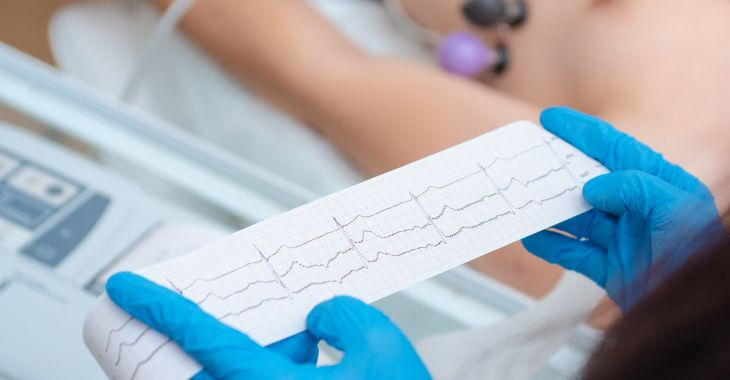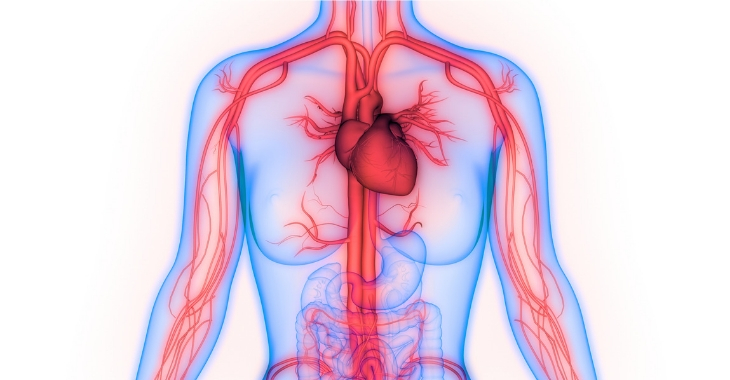Borderline ECG: What You Need to Know

An electrocardiogram (ECG or EKG) is a common tool used to evaluate heart function. But what does it mean when your ECG results come back as “borderline”? For many patients, this term causes confusion and anxiety. Here is what you should know to understand your results.
What Is a Borderline ECG?
A borderline ECG refers to a reading that is not completely normal, but not clearly abnormal either. It might show slight variations from expected patterns—variations that could be harmless or early signs of a cardiac issue needing follow-up.
What Does Borderline ECG Mean?
When asking what borderline ECG means, it is important to understand that ECG results vary from person to person. Age, fitness, and medical history can all affect readings. A borderline ECG might just reflect your baseline, but it should never be ignored without review.
Common Causes of Borderline ECGs
Some causes of borderline ECG results include electrolyte imbalances, stress, poor electrode placement, minor arrhythmias, or past heart conditions. It does not always indicate disease, but follow-up tests are often recommended to be safe.
How ECGs Work
An ECG records your heart’s electrical activity using electrodes placed on your chest, arms, and legs. It measures rhythm, rate, and signal patterns. A trained provider looks for irregularities that may suggest heart problems, both current and past.
If the results are even slightly out of the normal range, it can be a sign of a cardiovascular issue. This is where a borderline ECG diagnosis may occur.
Borderline ECG Meaning in Context
Understanding the meaning of a borderline ECG depends on the context. For example, minor ST-T wave changes in a young, healthy adult could be insignificant, but in an older patient with chest pain, those same changes might suggest early ischemia or another issue.
Is a Borderline ECG Dangerous?
In most cases, a borderline ECG is not dangerous on its own. It is often a signal to monitor or run further tests. According to the AHA, borderline ECGs appear in up to 10% of routine screenings, and most do not indicate serious heart disease.
What Happens After a Borderline ECG?
If your ECG is borderline, your doctor may order additional tests: an echocardiogram, stress test, or Holter monitor. These help clarify whether the results are truly abnormal or simply a variation of your personal normal.
Statistics on Borderline ECGs
Studies show borderline ECGs occur in 8–12% of healthy adults during routine exams. In athletes, the rate is even higher due to normal changes in heart size and electrical conduction from intense training. Most of these findings are benign but they can be an early indicator of heart issues.
What Is Borderline ECG in Children?
In pediatric cases, borderline ECG refers to mild deviations that are often age-related and non-threatening. Still, pediatric cardiologists may order follow-ups to rule out congenital or structural heart abnormalities. These can identify heart conditions in children that could impact their health.
Emotional Impact of a Borderline ECG
Hearing you have a borderline ECG can be stressful. Many patients fear the worst. However, it is essential to remember that this result is often precautionary, rather than diagnostic. It is a starting point for further evaluation, not an answer or diagnosis in itself.
When to Seek Immediate Attention
If your borderline ECG is accompanied by chest pain, fainting, shortness of breath, or palpitations, seek medical care immediately. These could be signs of a serious underlying heart condition needing urgent attention.
Frequently Asked Questions About Borderline ECG
If you have questions about a borderline ECG diagnosis, you are not alone. The following are some of the commonly asked questions about this diagnosis:
1. Is a borderline ECG serious?
Not always. Many borderline results are harmless. But they can also be early signs of heart issues, so it’s best to follow up with your doctor.
2. Can stress cause a borderline ECG?
Yes. Stress and anxiety can influence heart rate and rhythm, which might cause mild abnormalities in ECG readings.
3. Should I get a second opinion?
If you’re concerned or still unclear, getting a second opinion from a cardiologist is a good idea, especially if you have risk factors.
4. Can exercise affect ECG results?
Absolutely. Intense physical activity, especially in athletes, can lead to ECG changes that look borderline but are actually normal for them.
5. What tests follow a borderline ECG?
Not everyone will require additional tests, but if there are other concerns, your doctor may suggest further exploration. You may be asked to do an echocardiogram, stress test, or wear a Holter monitor for continuous tracking of your heart’s activity.

So, what does borderline ECG mean for you? It’s a gray area in heart diagnostics—one that requires follow-up, but not panic. Trust your provider, ask questions, and complete any recommended testing to get clarity and peace of mind.
The information provided on this website, including text, graphics, images, and other materials, is intended solely for informational purposes and should not be used as a substitute for professional medical advice, diagnosis, or treatment.



)